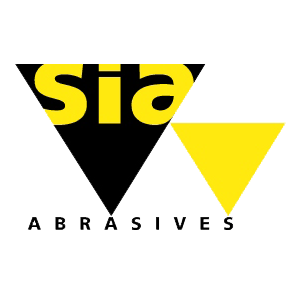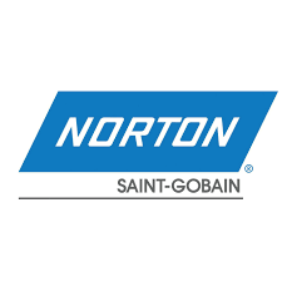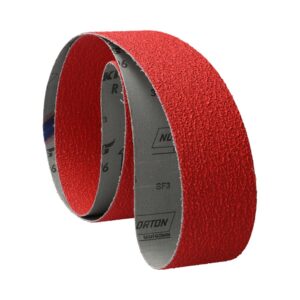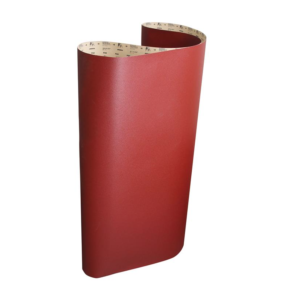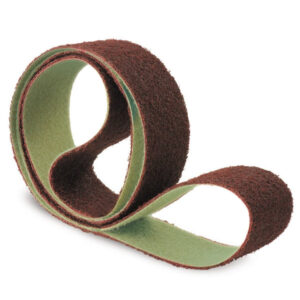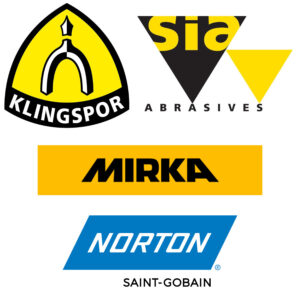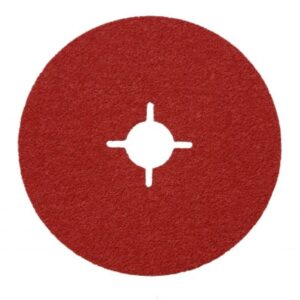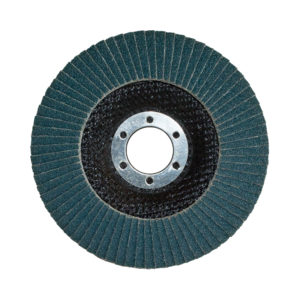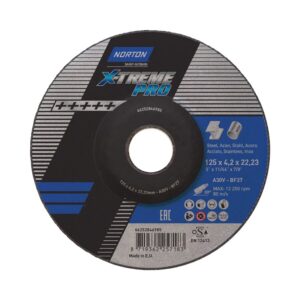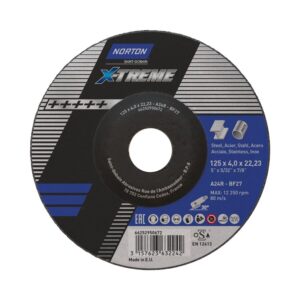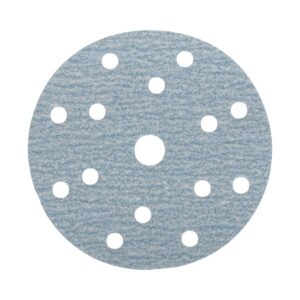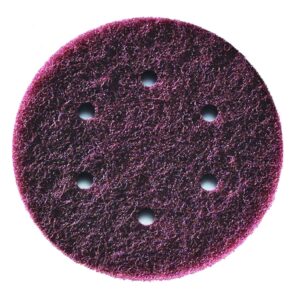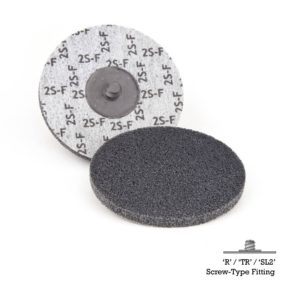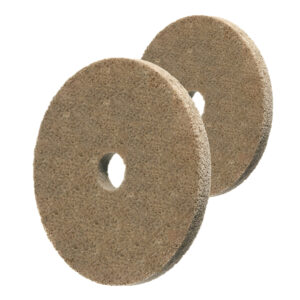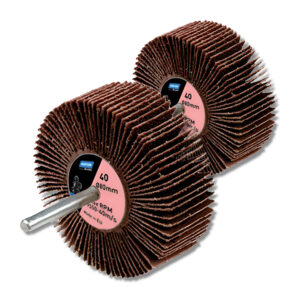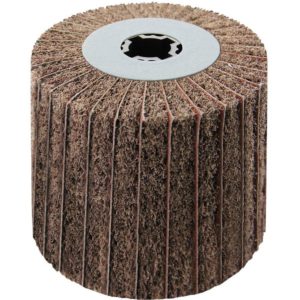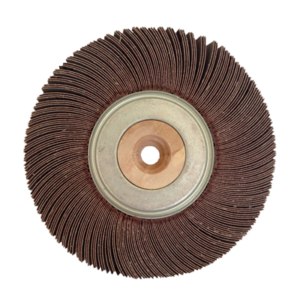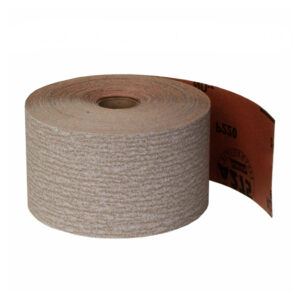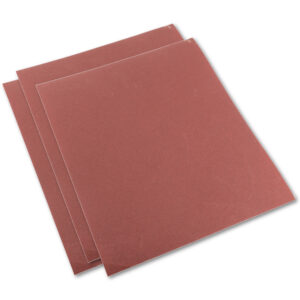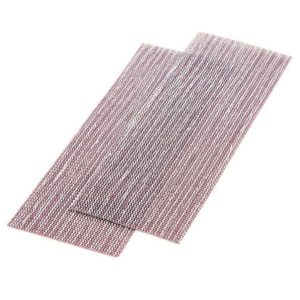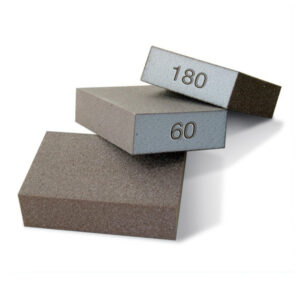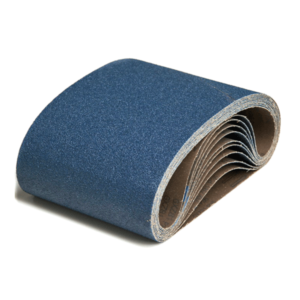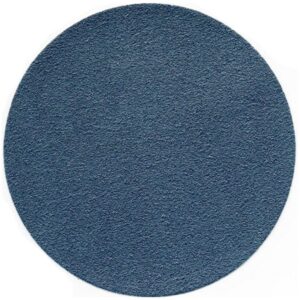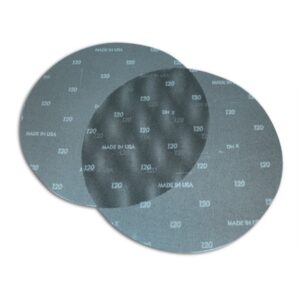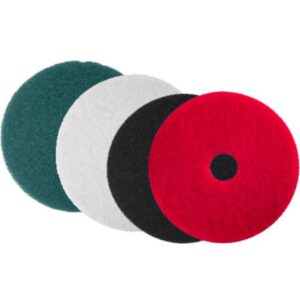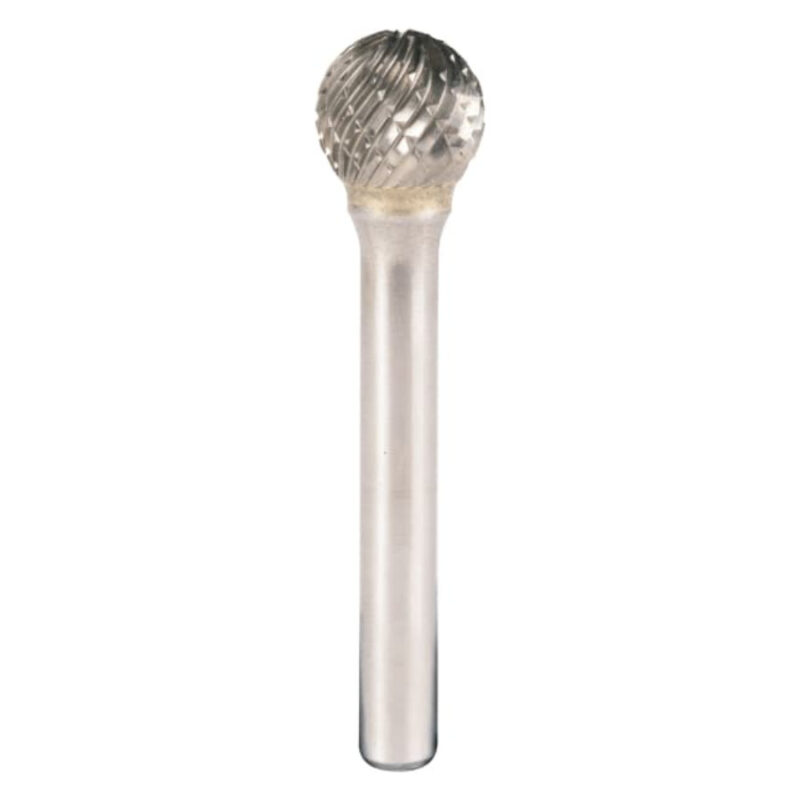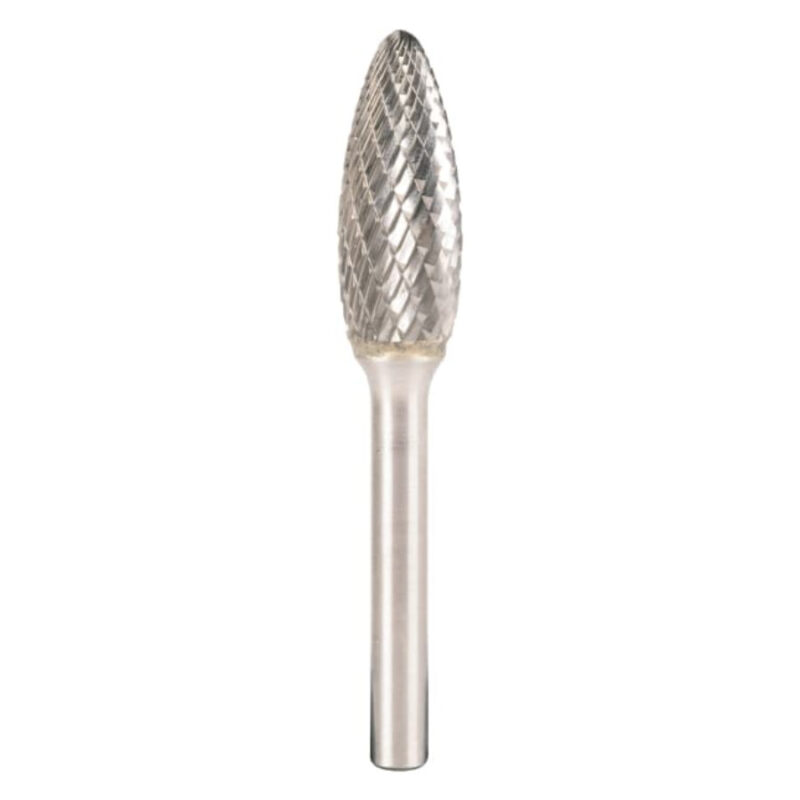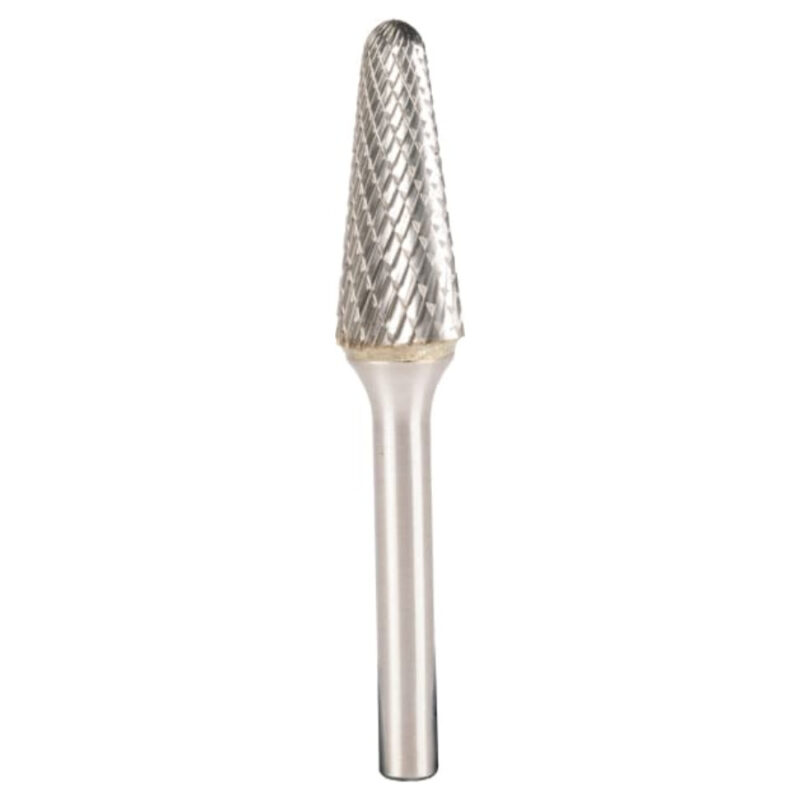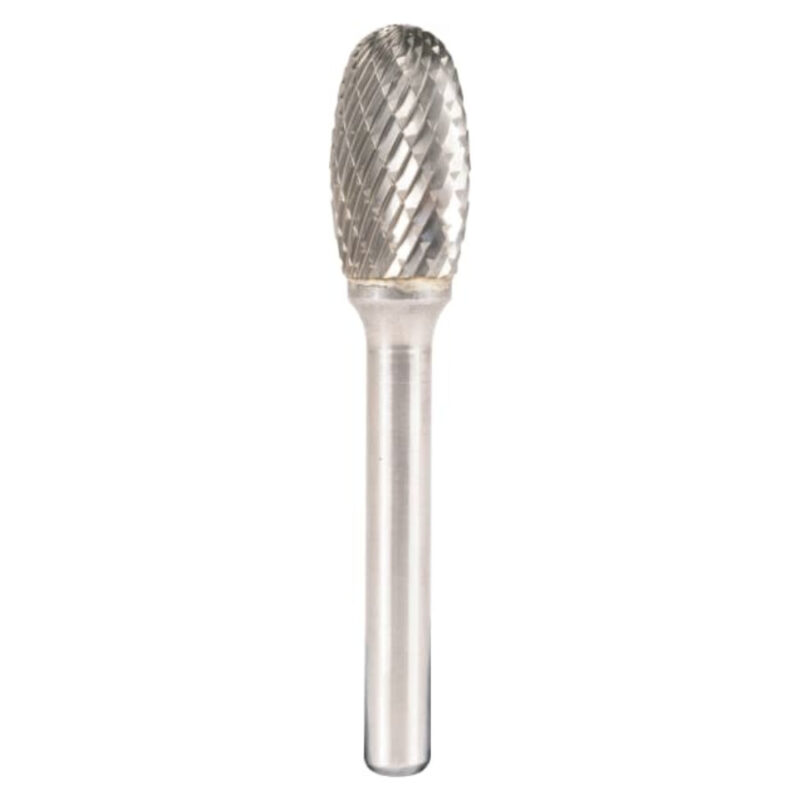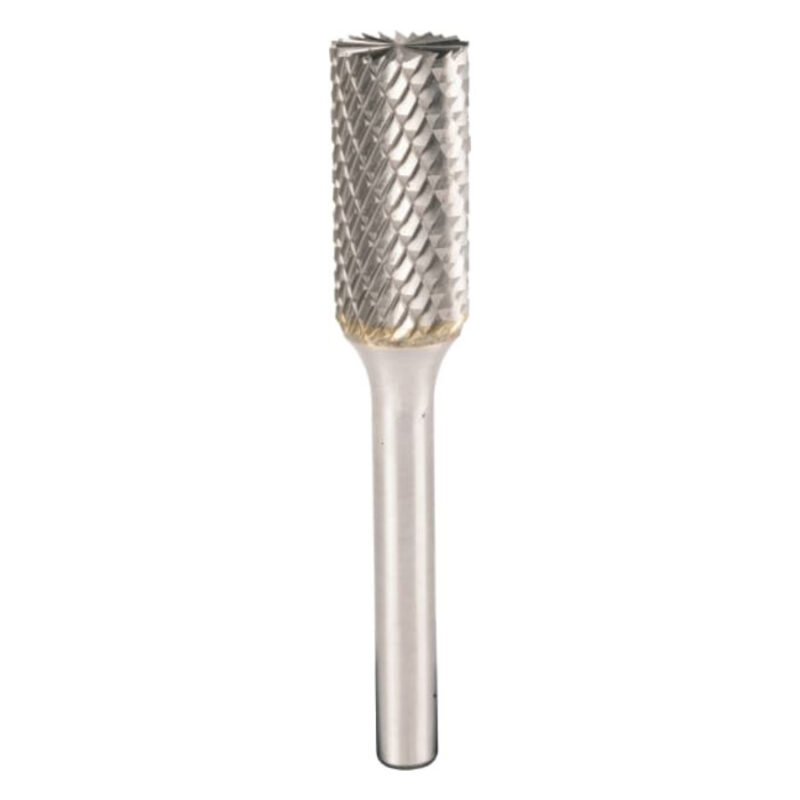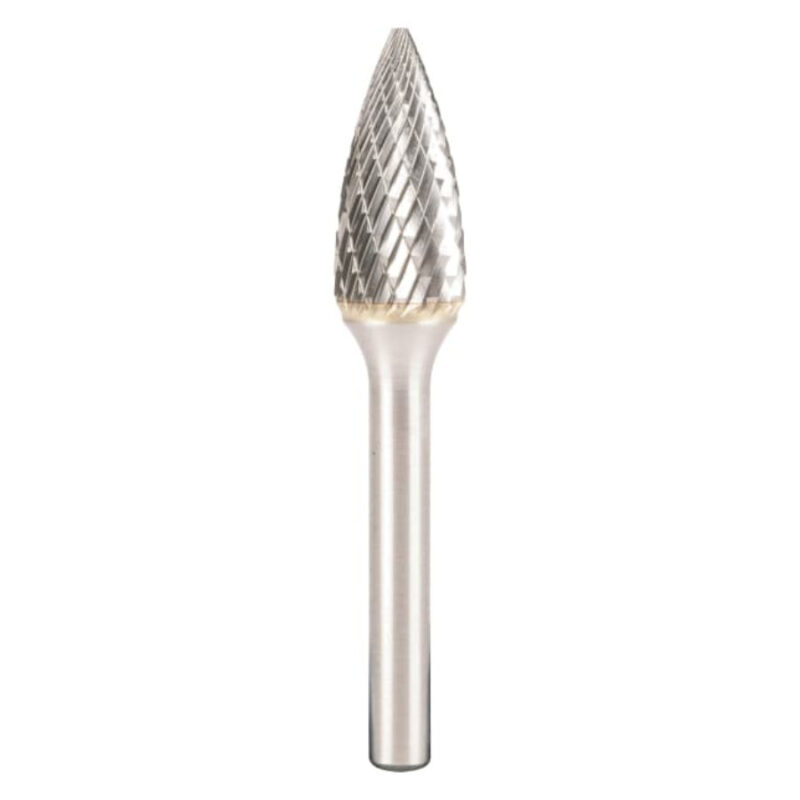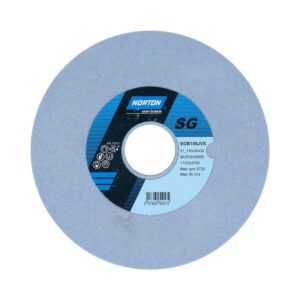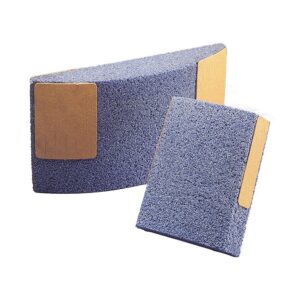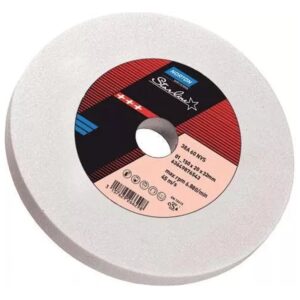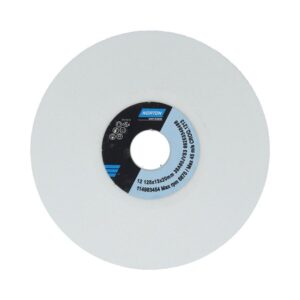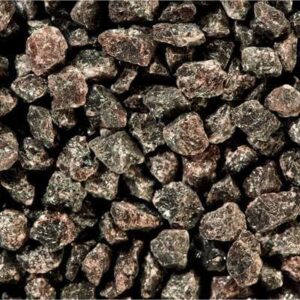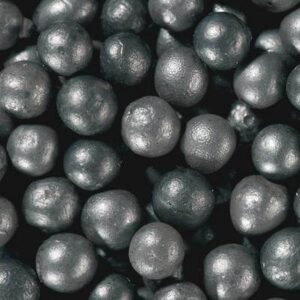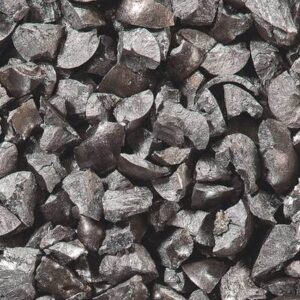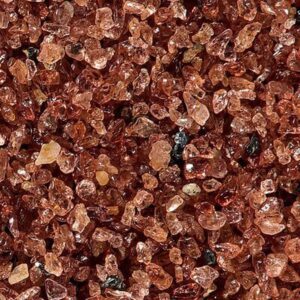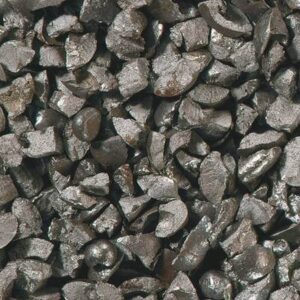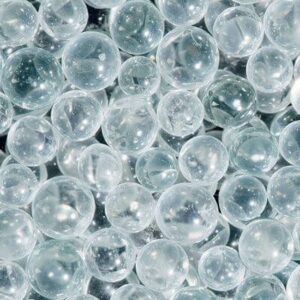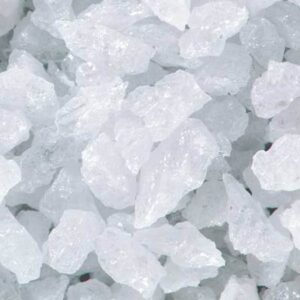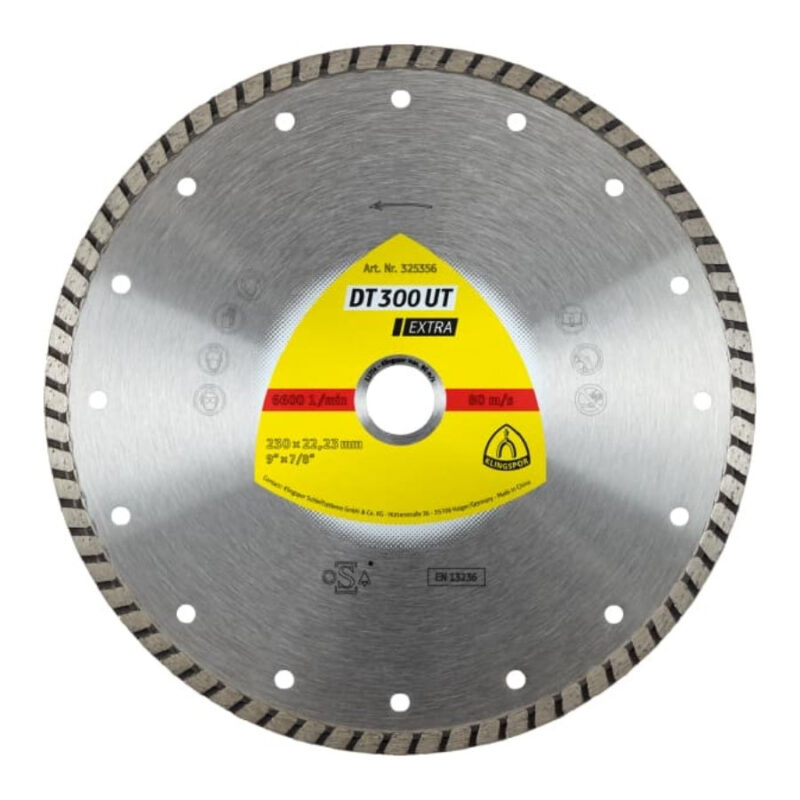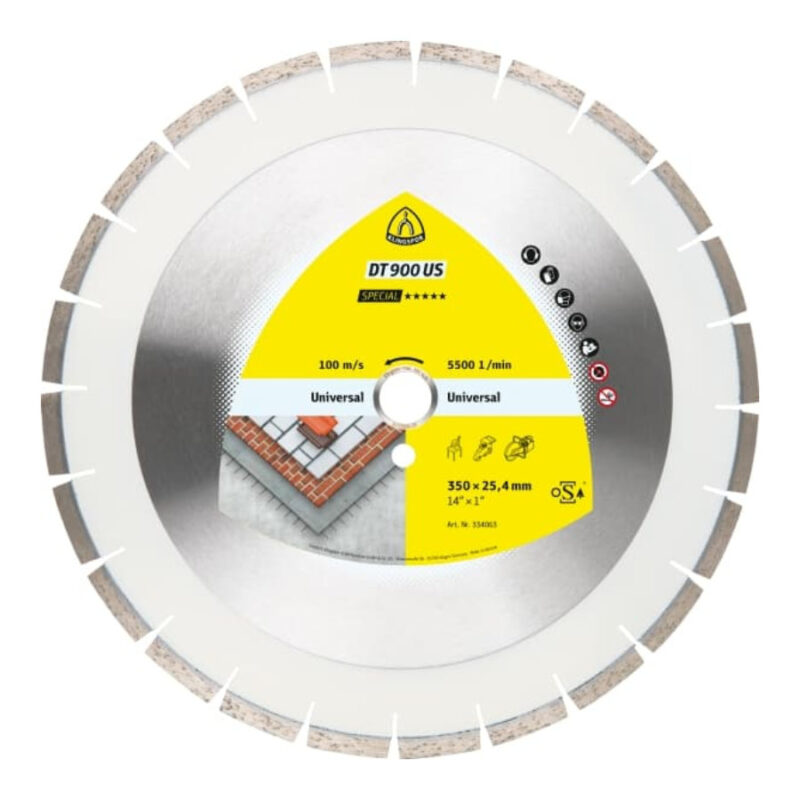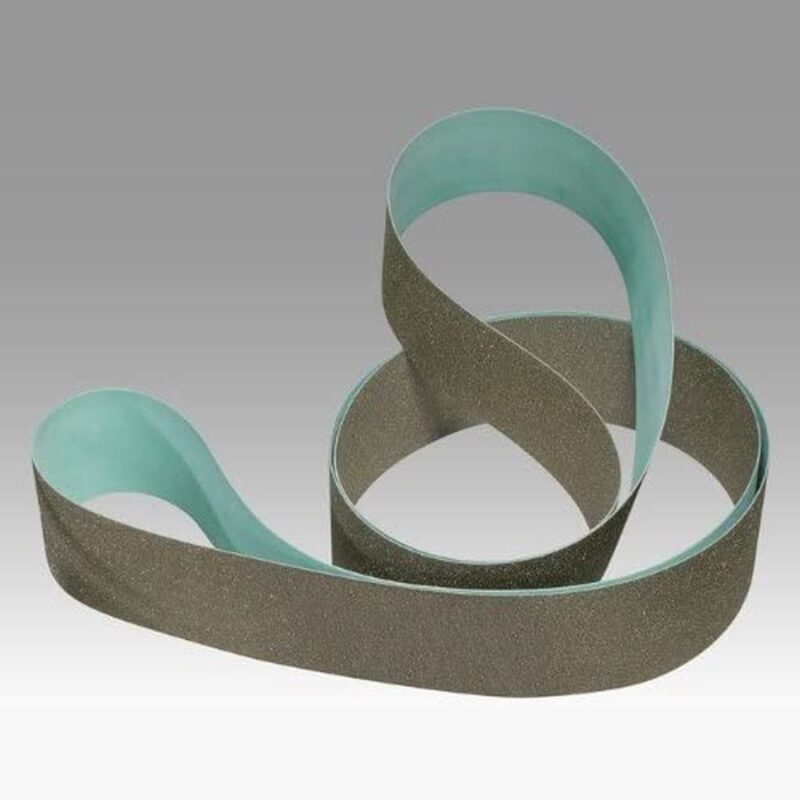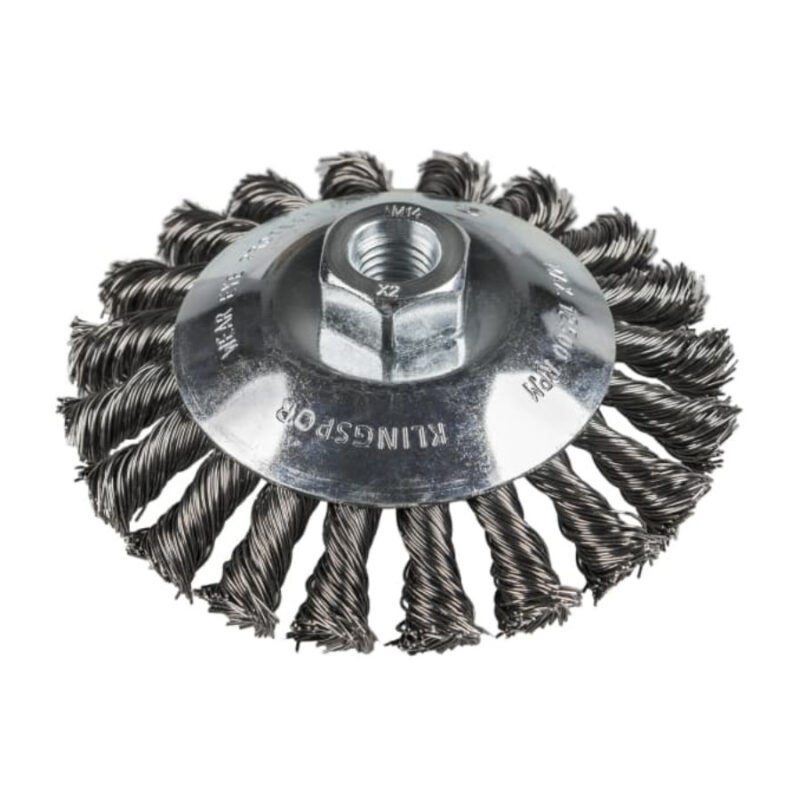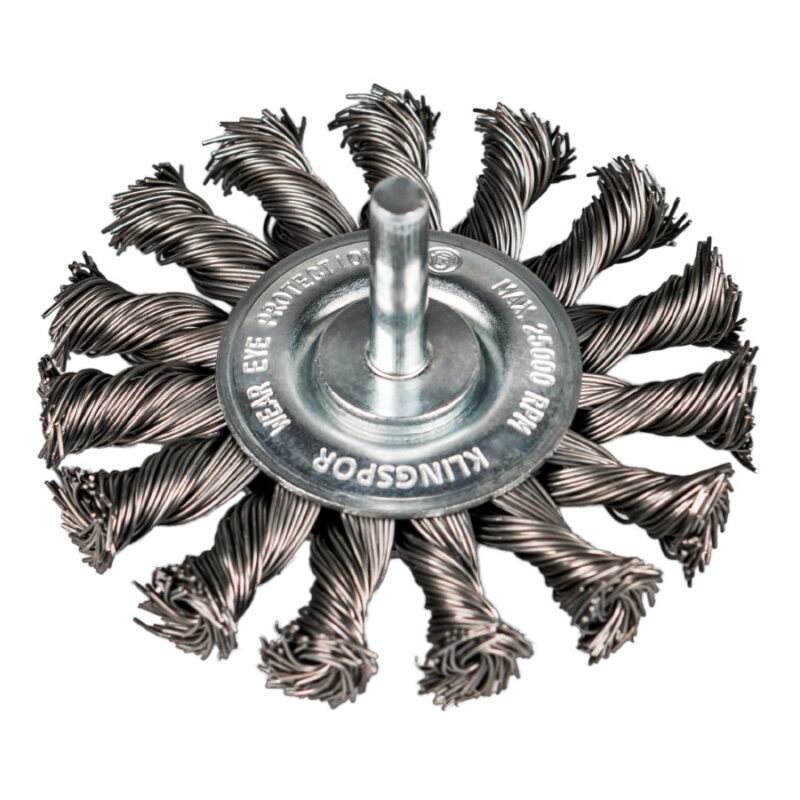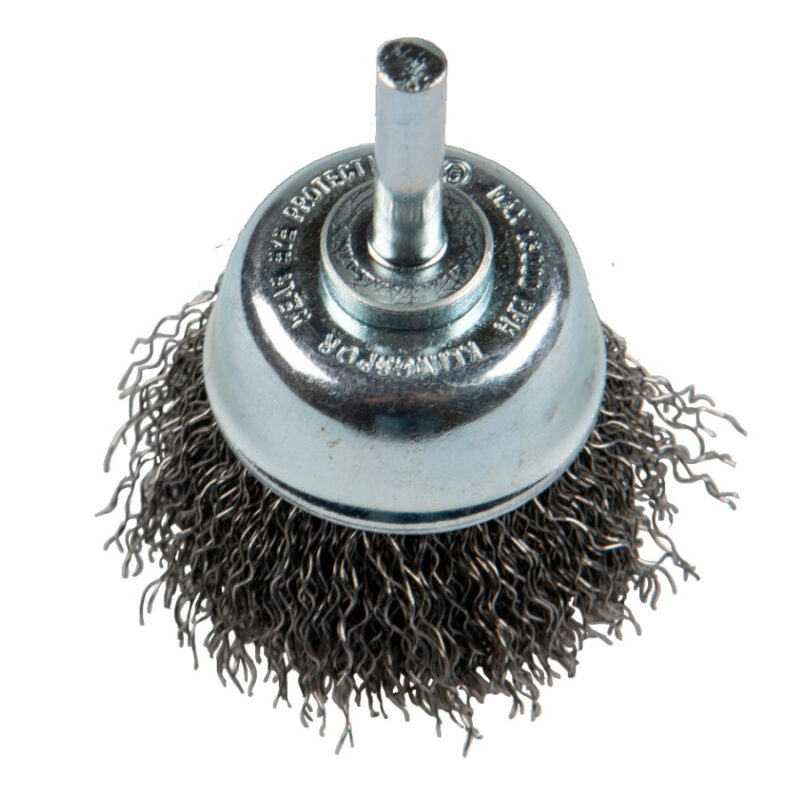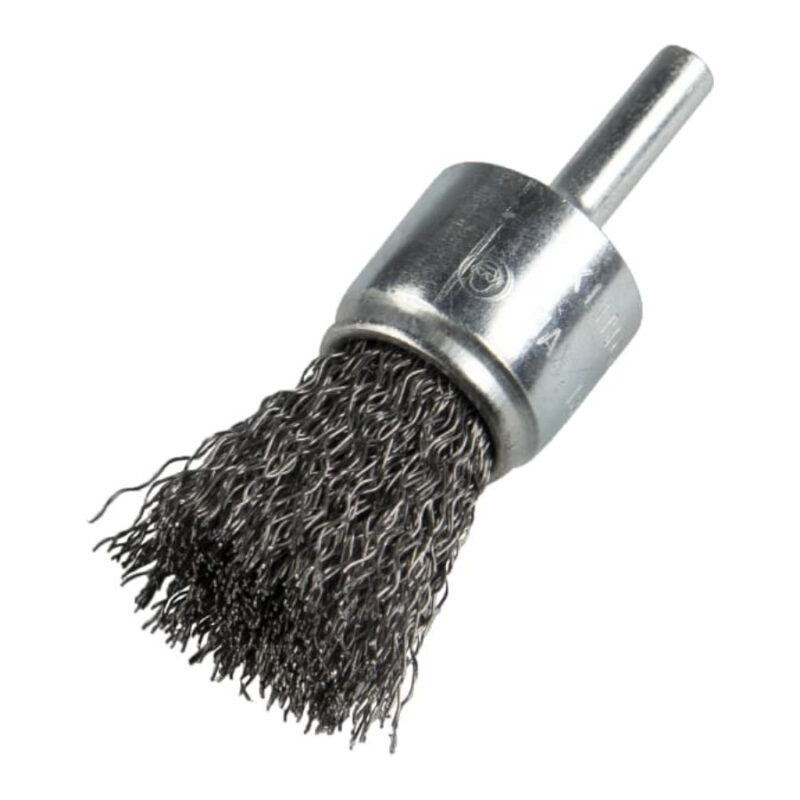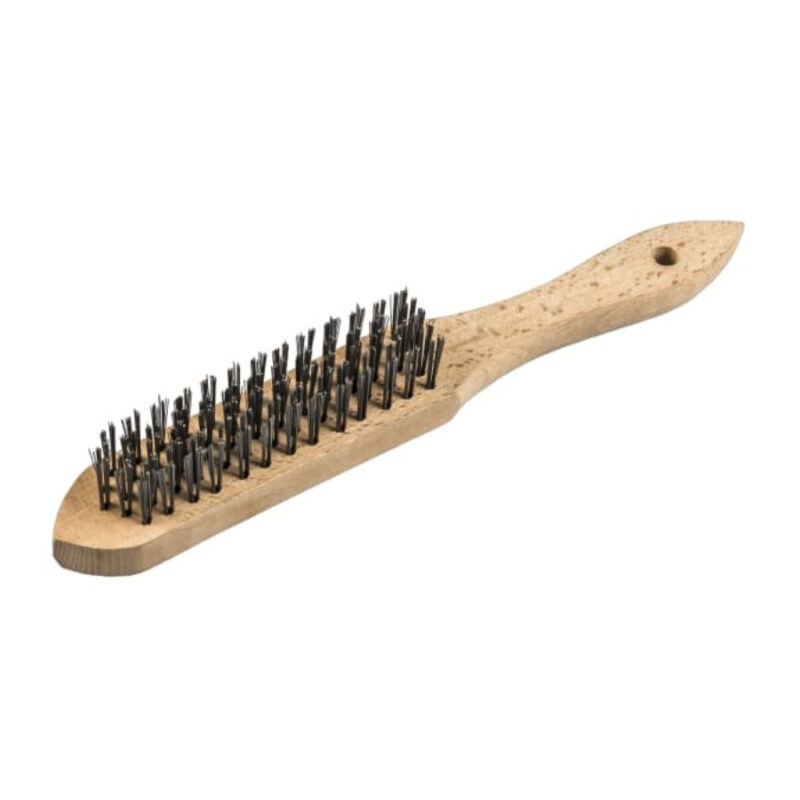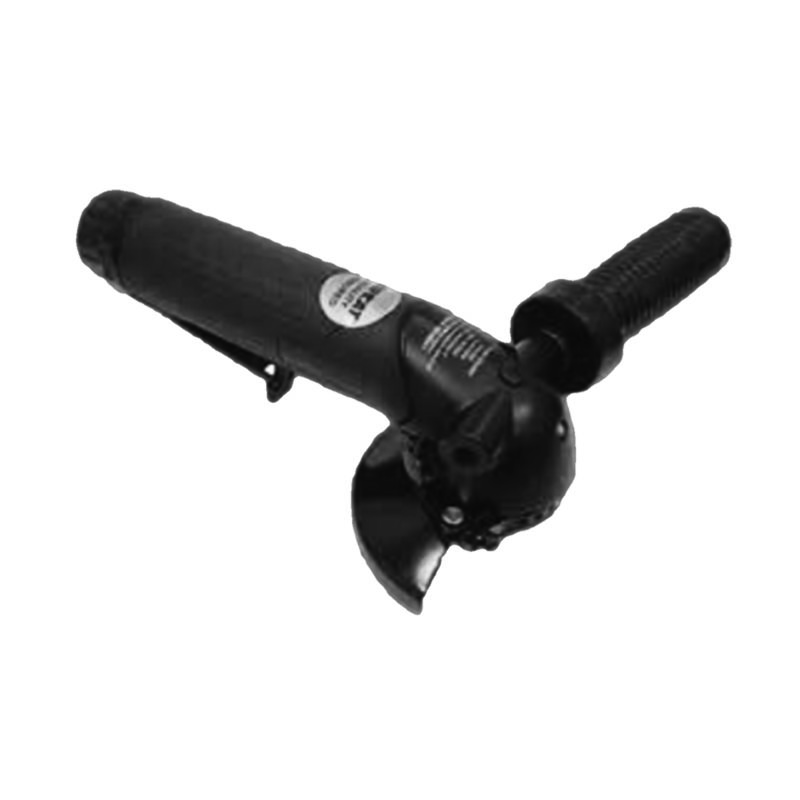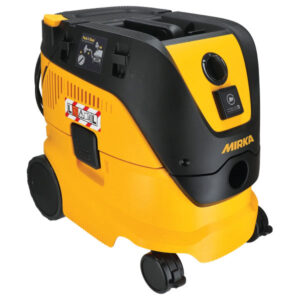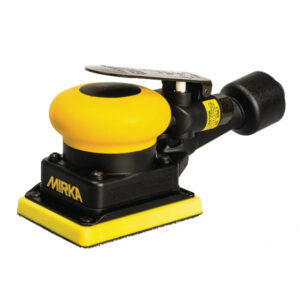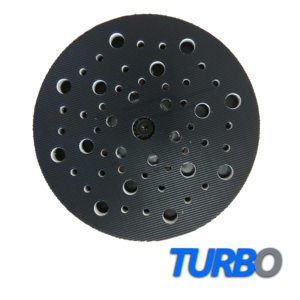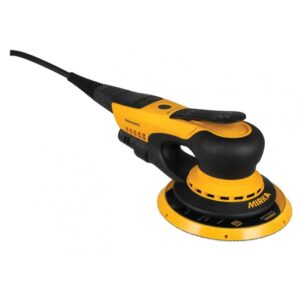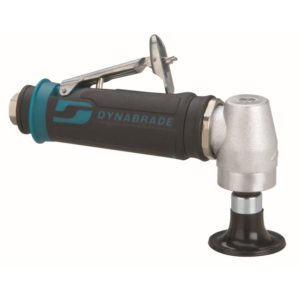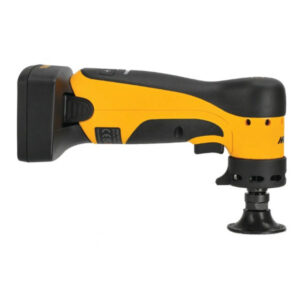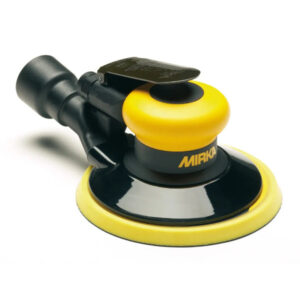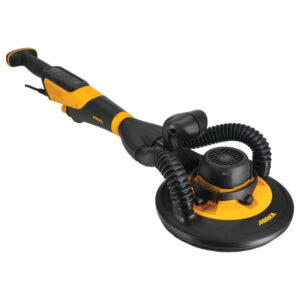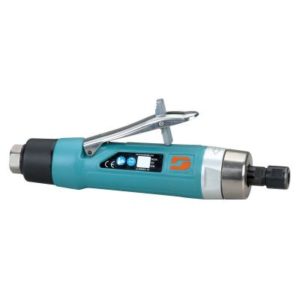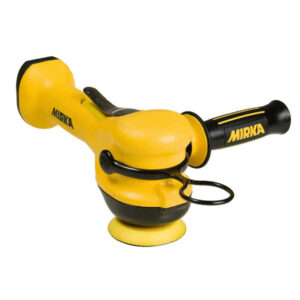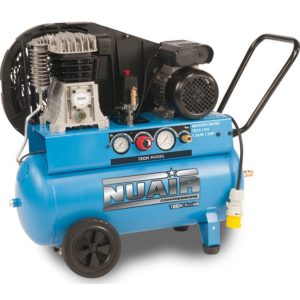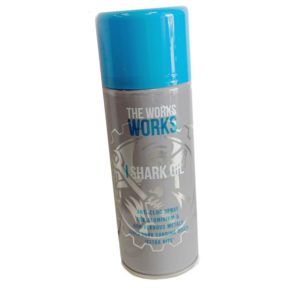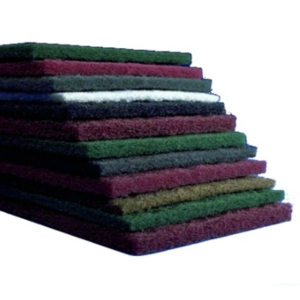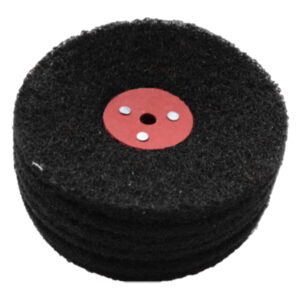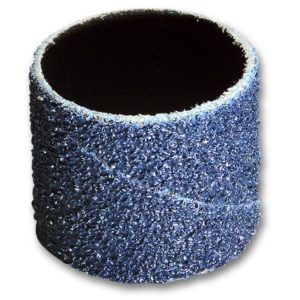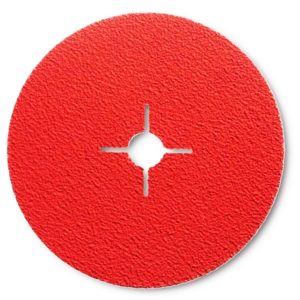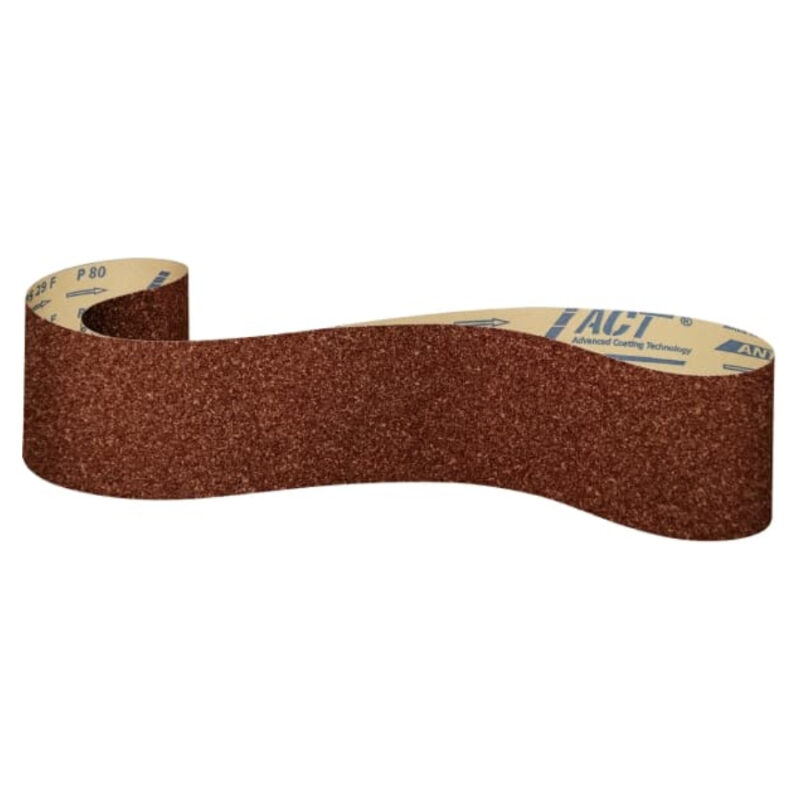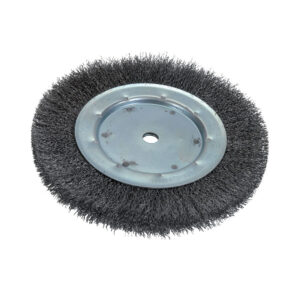Woodworking
The woodworking industry is vast and covers everything from fine furniture making to mass-produced cabinetry. Abrasives are an essential component of woodworking, whether it’s for sanding down rough lumber, shaping and contouring wooden pieces or giving it a smooth finish. The most common abrasives used in woodworking are sandpaper, sanding discs, and sanding belts. However, some other abrasives like flap discs, flap wheels, and non-woven abrasives are also used in some applications.
Sandpaper comes in various grit sizes, from coarse to fine, and is available in both sheets and rolls. Sheets are suitable for hand sanding, whereas rolls can be used with a sanding block or machine. The grit size required depends on the type of woodworking being carried out. Rougher grits, ranging from 60 to 100 grits, are used for removing material quickly, while finer grits of 150 and above are used for smoothing out and finishing.
Sanding discs and sanding belts are used with handheld sanders and stationary machines, respectively. They provide a more uniform sanding surface than sandpaper, making it easier to achieve a smooth finish. Sanding discs come in various sizes, ranging from 4 inches to 6 inches or larger. The most common sizes used in woodworking are 5-inch and 6-inch discs. Sanding belts are commonly used with belt sanders that come in various sizes, ranging from 2 inches to 4 inches wide and 24 inches to 36 inches long.
Flap discs and flap wheels are used to remove material quickly and can be used on various materials, including wood. They are made from overlapping layers of abrasive material that wear away as they are used. Flap discs come in different grit sizes and are available in both coated and non-woven abrasives. Coated flap discs have a higher cutting rate and are better suited for rougher applications, while non-woven flap discs are better for finishing applications.
Non-woven abrasives are used in woodworking for cleaning, blending, and polishing surfaces. They are made from synthetic fibers, abrasive grains, and bonding agents. Non-woven abrasives are available in various forms, including discs, belts, and hand pads. They are ideal for use on wood as they are gentle and do not damage the wood surface.
Another type of abrasive used in woodworking is sanding sponges. These are flexible sponges coated with abrasive material and are used for sanding intricate and hard-to-reach areas. Sanding sponges come in various shapes and sizes and are perfect for use on curved and contoured surfaces.
In addition to abrasives, woodworking also makes use of polishing mops and compounds. Polishing mops are made from various materials, including cotton, sisal, and felt. They are attached to a polishing machine and used with polishing compounds to achieve a high gloss finish on wood surfaces.
Polishing compounds come in various grit sizes, and each one is used for a specific application. Coarser compounds are used for removing scratches and imperfections, while finer compounds are used for achieving a high gloss finish. Polishing compounds are available in both liquid and solid forms, and the most commonly used in woodworking are the solid bar type.
In conclusion, abrasives are essential in the woodworking industry, and the type of abrasive used depends on the task at hand. Sandpaper, sanding discs, and sanding belts are commonly used for sanding wood surfaces, while flap discs and non-woven abrasives are used for rougher applications. Sanding sponges are ideal for sanding intricate and hard-to-reach areas, and polishing mops and compounds are used for achieving a high gloss finish.






